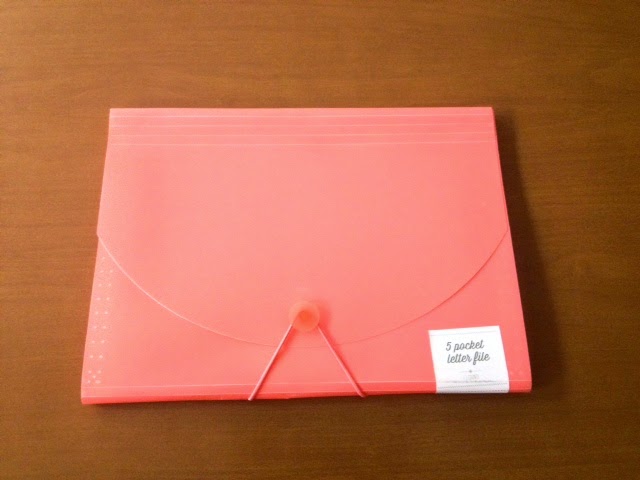I am conducting a PLC on Word Work using Words Their Way this week, and I wanted to share some of the information I am sharing with other teachers. Have you used Words Their Way? What spelling program do you use? What makes that program effective? If you are interested in differentiating your instruction to meet the needs of all of your students, this just might be the program for you. I will be honest, while it is very time consuming to prep and teach, I see such wonderful growth in both reading and writing which makes the added effort and hard work worthwhile.
Word Study in Action
Words Their Way
Word Study in Action
Words Their Way
Developmental Spelling & Word Study
Developmental
Stages - Word
study evolved from decades of research that documented spelling errors in
clusters which reflect children’s confusion over reoccurring orthographic
principles. "Words Their Way” uses these developmental stages to inform
instruction because there is a significant consistency between stages of
reading development and stages of spelling development, and research suggests
that they are both integrally related (Bear et al., 2000).
Characteristics
·
Neglect to use any sound-symbol correspondence
·
Represent strongest sounds with a single letter
·
Have an incomplete knowledge of alphabet
Word Study Focus
·
Concepts Sorts
·
Rhyming Pairs
·
Beginning consonants
·
Blends and Diagraphs
·
Short-Vowel Word Families
Emergent - Early Letter Name
2. Letter Name
Characteristics
·
Apply the alphabet literally using the letter
names to spell sounds
·
Spell phonetically; represent most strong sounds
and beginning consonants
·
Omit
most silent letters and preconsonantal nasals
Word
Study Focus
·
Beginning Consonants
·
Blends and Digraphs
·
Same Vowel Word Families
·
Mixed Vowel Word Families
·
Short Vowels
·
Preconsonantal Nasal
Letter-Name
3. Within Word Pattern
Characteristics
·
Correctly spells most single syllable, short
vowel words, beginning consonant digraphs, and two letter consonant blends
·
Attempts to use silent long-vowel markers
·
Uses but confuses long-vowel patterns
Word Study Focus
·
Long Vowels (CVCe)
·
Other Common Long-Vowel Patterns
·
R-Influenced Vowel Patterns
·
Diphthongs and Vowel Digraphs
·
Complex Consonant Clusters
·
Homophones
Within Word Pattern
4. Syllables and Affixes
Characteristics
·
Connect word knowledge with vocabulary growth
·
Correctly spell most single-syllable,
short-vowel and long-vowel words and high-frequency words
·
Make
errors at syllable juncture points and in unaccented syllables
Word Study Focus
·
Compound Words
·
Inflected Endings
·
Open and Closed Syllables
·
Accented Syllables
·
Unaccented Syllables
·
Prefixes and Suffixes
Syllables & Affixes
5. Derivational Relations
Characteristics
·
Connect word knowledge with vocabulary growth
·
Spell most words correctly
·
Make errors on low-frequency multisyllabic words
derived from Latin and Greek forms
- Prefixes & Suffixes
- Greek & Latin Roots
- Assimilated Prefixes
| Derivational Relations |
Why Try Words Their Way?
According
to a study done in 2001, students who received word study format instruction
with a most common usage strategy
produced more sophisticated and advanced orthographic spellings than those of their
peers that were taught traditionally. Students were able to transfer
their learned orthographic information more easily than the students in the
traditional spelling group.
How Do I Begin?
Use the
Developmental Spelling Inventory to analyze your students’ knowledge of
orthographic information. There are two different pre-tests you could use. One
is faster while another gives more information but is longer to
administer.
Grouping
I try to
keep these groups similar to my guided reading groups. Sometimes you have a low
speller who is a high reader and you may need to adjust accordingly. I try to
keep similar spelling levels and reading levels in the same group so it makes
it easier to manage. If you have a lot of inconsistencies, having different
guided reading groups and spelling groups is the way to go.
Gradual Release
Explicitly
teach headers and black bolded example words. Gradually invite students to help
participate and explain where/why they are sorting words as you teach sort with
small group. Discuss vocabulary/homophones as you add words to sort.
Possible
Word Study Schedule
In the intermediate grades a teacher is really only needed
to “run” word work time when teaching the sort and administering the
assessment. Students then use this time for about 15 min. a day as a center
during Reading Workshop. Primary teachers might need to do whole group but with
different word sorts for each group. Students store their baggie of words in
their Reading File Folder at school.
·
Day 1 – Teach the new sorts during guided
reading time.
·
Day 2 – Cut and Sort - Read Words, Sort Words,
and Justify your sort to someone
·
Day 3- Write Words – Written activities on
Edhelper.com – Crossword puzzles, Word Search, Sentences using word to fill in
the blank, identify correct spellings, etc….
·
Day 4 – Create Using the Words – Create a new list
using same sorting rule, create word art using words, create a crossword or
word search and have a partner solve
·
Day 5 – Play a Game Using Words – Charades,
Spelling Dice, Hangman, etc…
·
Day 6 – Read, Write, Sort – Using whiteboards
students give themselves a practice test
·
Day 7 – Administer quizzes to each group during
guided reading time
·
Day 8 – Review how you did and record
misspellings in personal dictionary & practice 4 times using spelling flap
folder
Sources: www.pearsonschool.com
.jpg)






